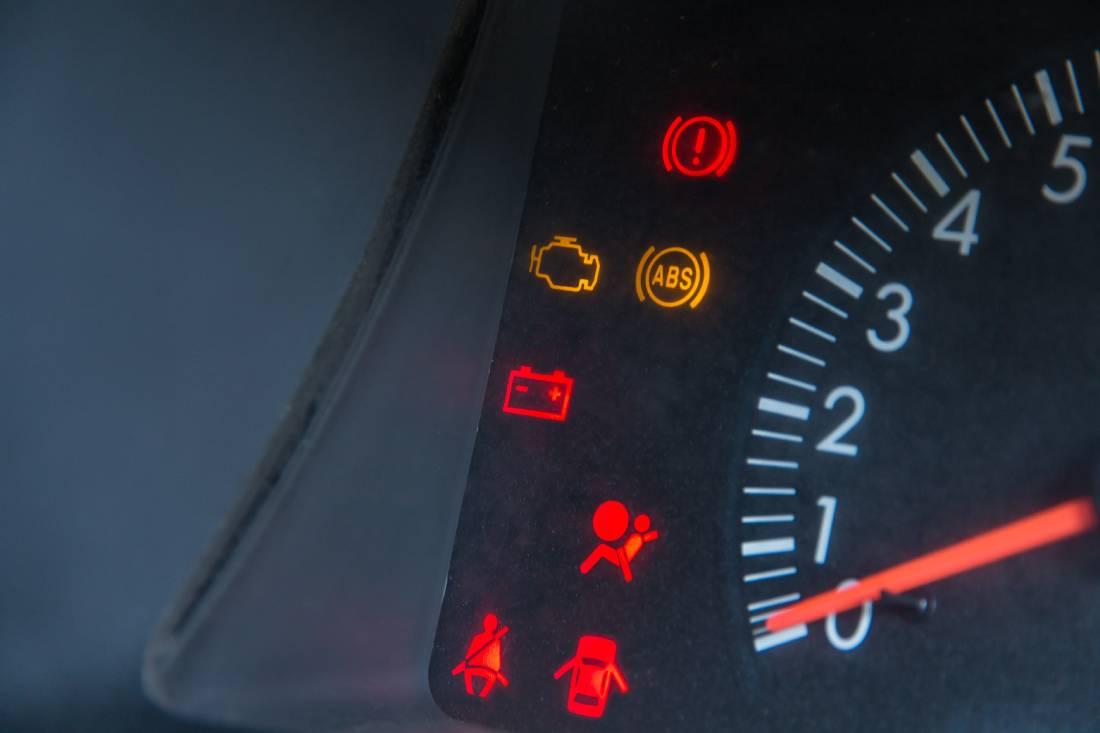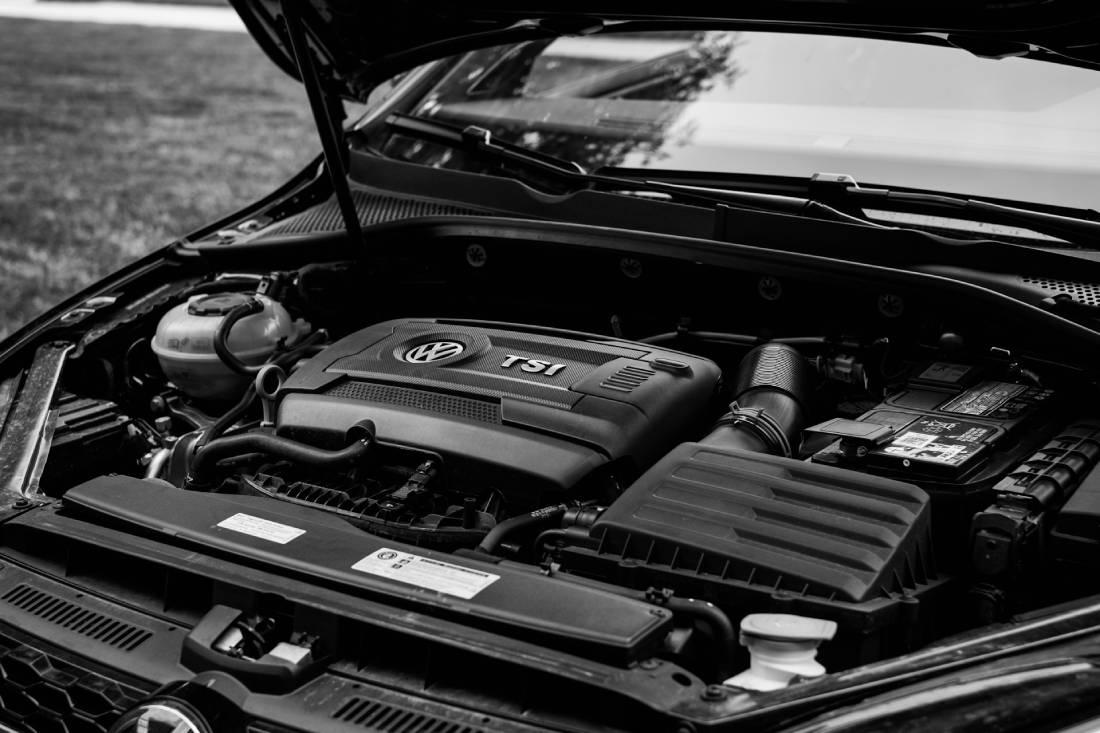
- Engine and Performance Cautions
- Engine Warning Light (Check Engine):
- Coolant Temperature Warning
- Oil Pressure Warning
- Battery Charge Warning
- Fuel Filter Water Warning
- Turbo/Supercharger Warning
- Brake and Wheel Warnings
- ABS (Anti-lock Brake System) Warning
- Brake System Warning (Brake Fluid)
- Parking Brake On Warning
- Tire Pressure Warning
- ESP (Electronic Stability Program) Warning
- TC (Traction Control) Warning
- Safety and Protection Alerts
- Seat Belt Warning
- Airbag Warning
- Door Open Warning
- Child Lock Warning
- Low Windshield Fluid Warning
- General System Alerts
- Steering System Warning
- Fuel Low Warning
- Front and Rear Fog Lamp Warning
- Exhaust System Warning
- Headlamps and Tail Lamps Warning
- Service and Maintenance Alerts
- Periodic Maintenance Warning
- Vehicle Diagnostic Diagnostic System Warning (OBD)
- Filter Change Warning
- Frequently Asked Questions About Vehicle Warning Lights
- Why does a vehicle warning light come on?
- Which of the warning lights gives the most critical warning?
- Which warning light will stop the vehicle?
- Is it safe to drive with a warning light on?
- What happens if the vehicle warning lights come on?
- Does a vehicle with a malfunctioning light pass inspection?
- Can a vehicle with an engine fault light be driven?
- Why does the exclamation mark come on in the car?
Modern automobiles are more than just means of transportation; they contain many technological and mechanical systems. These systems optimize the performance, safety, and overall functioning of the vehicle while providing comfort and convenience to the driver and passengers. However, these complex structures may encounter problems from time to time, and in-vehicle warning lights come into play to inform the driver of these problems.
Warning lights are critical indicators that directly communicate information from the vehicle's various systems to the driver. When these lights come on, it usually indicates that there is a problem or a situation that needs attention. Sometimes they represent situations ranging from a simple service reminder to an urgent mechanical problem.
It is important not to panic when you see a lit warning light on your vehicle. However, knowing what these lights mean and understanding what action they require is vital to resolve potential problems early on and avoid bigger breakdowns or costs. In this article, we will take a detailed look at the most common warning lights and their meanings.
Engine and Performance Cautions
The engine, the heart of the vehicle, works in perfect harmony with every component to get you to your destination. But even the smallest disruption to this complex structure can lead to reduced performance or unexpected stoppages. Engine and performance-related warning lights serve as early warning systems to help you maintain the health and efficiency of this critical system.
When these lights come on, it usually indicates a problem somewhere in the engine or its associated components. Such warnings often carry a risk of potential danger to drivers or an expensive breakdown. Therefore, if you notice any of these warnings illuminating, it is important to assess the situation and seek professional help if necessary.
Engine Warning Light (Check Engine):
The engine control unit illuminates this lamp when it detects a malfunction. The fault can range from a minor problem to a serious issue. It is recommended that you contact a service center as soon as possible.
Coolant Temperature Warning
This warning that the engine is overheating indicates a problem with the cooling system. Check the coolant and top up if it is missing.
Oil Pressure Warning
This warning comes on when the engine oil is depressurized. Check the oil level and add or replace oil if necessary.
Battery Charge Warning
This lamp comes on when there is a problem with the electrical system. Have the battery or alternator checked.
Fuel Filter Water Warning
Indicates that water has accumulated in the fuel filter. It may be necessary to drain or replace the fuel filter.
Turbo/Supercharger Warning
This warning comes on if there is a problem with the turbocharger or supercharger system. Service assistance is recommended.
Brake and Wheel Warnings
Brakes are one of the most critical parts of a vehicle's safety system. An effective braking capacity can save lives in unexpected situations. Therefore, any warnings about brake and wheel systems should be taken seriously. These warning lights inform you immediately when there is a potential problem with your brakes or wheels.
The synergy between the wheels and brakes is vital for the vehicle's mobility and ability to stop safely. If any of the warning lights come on, it may indicate a situation that could jeopardize your driving safety. Therefore, when you see such a warning, you should immediately check the situation and, if necessary, contact a specialized service center.
ABS (Anti-lock Brake System) Warning
This warning comes on if there is a malfunction in the ABS. It is important to prevent the brakes from locking. Consult a service center.
Brake System Warning (Brake Fluid)
Indicates that the brake fluid may be deficient or leaking. Check the brake fluid.
Parking Brake On Warning
Illuminates when the parking brake is not fully engaged. Check the brake.
Tire Pressure Warning
Indicates low pressure in one or more of the tires. Check the tire pressures.
ESP (Electronic Stability Program) Warning
Indicates a malfunction or deactivation of the ESP system. Stop in a safe place and try to restart the vehicle.
TC (Traction Control) Warning
Indicates that the traction control system is malfunctioning or has been disabled. Check the system.
Safety and Protection Alerts
No matter how impressive the technical specifications of a vehicle are, the most important factor is always the safety of the driver and passengers. In modern vehicles, safety systems are state-of-the-art and it is essential to keep an eye on their proper functioning. The safety and protection warning lights provide you with quick information on the proper functioning of these vital systems.
When these lights come on, they indicate that your safety equipment or guards are potentially compromised and may require immediate attention. Especially critical safety features must always operate at peak level. Therefore, when any safety-related warning light comes on, you should take immediate action to identify and resolve the problem.
Seat Belt Warning
Indicates that the seat belt is not fastened. Fasten your seat belt.
Airbag Warning
Indicates a malfunction in the airbag system. Have the system checked.
Door Open Warning
Illuminates if one of the doors in the vehicle is not fully closed. Check the doors.
Child Lock Warning
This warning lights up when the child lock is activated. Disable it if you do not need it.
Low Windshield Fluid Warning
Indicates that the glass fluid level is low. Add fluid.

General System Alerts
Your vehicle is a complex machine made up of many different systems and components. These systems affect everything from your comfort to fuel efficiency, from your driving experience to the overall performance of the vehicle. General system warning lights alert you when there is a problem with any of these different components, so you can prevent bigger problems with early intervention.
Steering System Warning
Indicates a low steering fluid level or other problem. Check the fluid or consult the service.
Fuel Low Warning
Indicates that the fuel level is low. Refuel.
Front and Rear Fog Lamp Warning
Indicates that the fog lamps are on. Turn them off if unnecessary.
Exhaust System Warning
This warning comes on if there is a problem with the exhaust. Have the exhaust system checked.
Headlamps and Tail Lamps Warning
Indicates a problem with one or more of the headlamps. Check the lamps.
Service and Maintenance Alerts
Regular maintenance and service checks are critical for the long life and high performance of your vehicle. Over time, every vehicle shows some signs of wear and tear. Service and maintenance warning lights alert you when your vehicle requires a specific maintenance operation or repair, so you can address potential problems at an early stage.
These warnings are important to maintain the overall health and performance of your vehicle. By identifying a potential problem early, you can avoid larger and costly breakdowns. When the service and maintenance warning light comes on, you should not wait to take your vehicle for a service. This is the key to extending the life of your vehicle and ensuring that your journeys are always safe and comfortable.
Periodic Maintenance Warning
Indicates that the vehicle has reached a certain maintenance period. You must have the maintenance done.
Vehicle Diagnostic Diagnostic System Warning (OBD)
Indicates a fault in the engine or other related systems. Read the codes with a diagnostic tool.
Filter Change Warning
Indicates that the filter needs to be replaced. Replace the filter or consult a service center.
Frequently Asked Questions About Vehicle Warning Lights
Why does a vehicle warning light come on?
A vehicle warning light comes on to inform the driver that a fault or maintenance is required or that a particular system is activated.
Which of the warning lights gives the most critical warning?
Each of the warning lights is of different importance, but the oil pressure light is the most critical as it can cause critical damage due to the engine running out of oil.
Which warning light will stop the vehicle?
If critical lights come on, such as the oil pressure light, charging light, engine temperature light, or brake system light, it is necessary to stop the vehicle immediately in a safe place.
Is it safe to drive with a warning light on?
It depends on the type of warning light. If a critical warning light is on, it is usually not safe to drive the vehicle.
What happens if the vehicle warning lights come on?
The warning lights warn the driver that there is a problem or a special condition in the vehicle. If they indicate a serious problem, the vehicle could be damaged or cause a dangerous traffic situation.
Does a vehicle with a malfunctioning light pass inspection?
Depending on the country and local regulations, a vehicle with a fault light on will usually not pass technical inspection. Even if it passes, this is usually not a safe situation.
Can a vehicle with an engine fault light be driven?
An engine fault light indicates an engine problem. Depending on the severity of the problem, continuing to drive the vehicle can lead to greater damage or dangerous situations.
Why does the exclamation mark come on in the car?
The exclamation mark is usually a warning about the brake system, but the exact meaning is as stated in the vehicle's owner's manual. The brake fluid level may be low or there may be a brake problem. If a warning light comes on that is specific to your particular vehicle model or make, it is best to check the owner's manual or consult a specialist.





